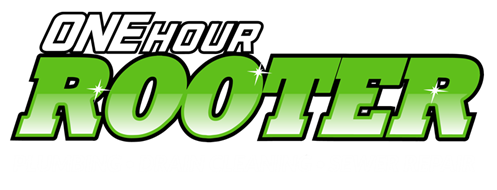Is your Sump Pump Ready for Summer Storms?
As we roll into mid and late summer here in Minnesota, the hot and humid weather means more thunderstorms. Is your sump pump ready to handle the occasional downpour?
Sump pumps allow you to maintain a dry lower level, turning ground-level and below-ground rooms into attractive living spaces. They also help decrease moisture in these areas. But a malfunctioning sump pump without a backup at the ready is a disaster waiting to happen for many Minneapolis homes. A faulty pump can lead to costly water damage, mold growth, and a ruined property.
So how can you make sure your sump pump is ready to handle the storms and downpours a late Minnesota summer is ready to dish out? Follow these summer plumbing maintenance steps before and during the stormy season.
How to Ready Your Sump Pump for Summer
1. Make Sure Your Sump Pump Is Getting Power
Your sump pump needs electricity to run. Make sure it’s plugged in and that the outlet it’s plugged into is working. If you have issues with the outlet, you may want to call an electrician to find out what’s going on.
2. Test Your Sump Pump Out
To make sure your sump pump is going to keep your basement dry, make sure it does what it’s supposed to when it’s filled with water by running a simple test. Open the lid and pour in enough water to make the float move upward. A working sump pump will kick in immediately and begin pumping the water out of your home. Not working? Try following our annual sump pump maintenance tips for a few more tricks.
3. Inspect and Clean Your Sump Pump
For the handy homeowner, giving your sump pump a tune-up will help make it last a little longer and run a little smoother. Before starting, turn off the electricity to the sump pump and read over your owner’s manual. Then remove your sump pump from the basin. Carefully clean dirt, sediment and small stones from all accessible parts. Model-specific instructions can be helpful, but for the most part, you can safely clean a sump pump using paper towels and a stiff-bristle brush. Clean the inlet screen and lubricate bearings if needed. Remove debris from the sump basin and reinstall.
4. Look for Signs of Corrosion
Sump pumps are built to last, but like anything they will not last forever. A regularly, well cared-for sump pump should last about a decade and may last even longer if you pay attention to it and treat it well. Signs of rust, corrosion or strange sounds may indicate that it’s time to replace your pump, so it’s important to inspect your pump regularly. However, even if your sump pump starts to act up, it may not need to be replaced. Calling a professional plumber to take a look could result in a simple repair instead of a complete replacement.
5. Check Your Sump Pump Frequently
After giving your sump pump a once-over, it’s important to keep checking it throughout the summer. Checking it before, during or after a heavy storm rolls through give you the peace of mind that’s it ready for the next one and help you avoid any unpleasant surprises.
When to Replace Your Sump Pump
If at any time during your sump pump inspections, your pump doesn’t function property or you found signs of corrosion, you may want to schedule an appointment with a trusted plumber to inspect or possibly replace your sump pump. One Hour Rooter can help you select the right sump pump for your home or make repairs to your current one. Give us a call 612-354-8984 or contact us online for quick and affordable help with any of your summer plumbing issues.





